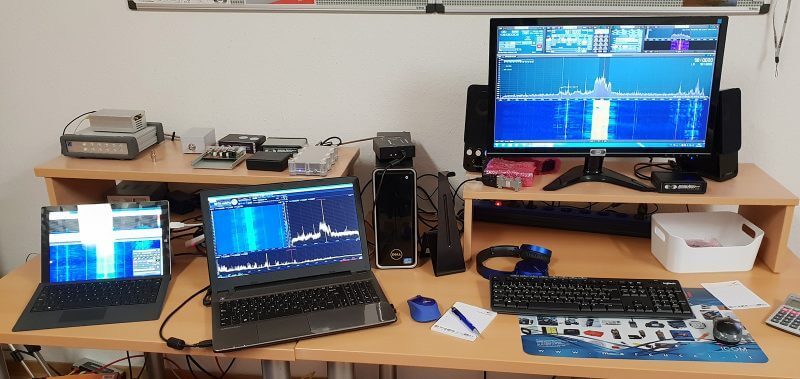WarDragon Passive Radar with Blah2 and ADS-B Delay-Doppler Truth
Over on his YouTube channel, Aaron, creator of DragonOS and the WarDragon kit has uploaded a video showing the Blah2 passive radar software working with an SDRplay RSPDuo. In the video Aaron shows some setup steps before showing the passive radar range-doppler graph.
Blah2 is passive radar software that appears to be inspired by the KrakenSDR passive software that was removed for regulatory reasons. We note that it is legal for others to publish open source passive radar software, but KrakenSDR cannot legally publish their own open source passive radar software because it would be tied to their own physical product. Providing code would mean they essentially sell an off the shelf passive radar product which is restricted.
The notes in Blah2 specifiy that it currently only supports the SDRplay RSPduo and USRP devices, but in the future they are looking to add support for the KrakenSDR and modified RTL-SDR and HackRF hardware.
Aaron also briefly demonstrated the related adsbdd software, from the same author as Blah2. This software allows a user to convert ADS-B data to delay-doppler truth. Essentially allowing you to confirm is an aircraft position determined via ADS-B is on the range-doppler ellipse determined via passive radar. In the future the author hopes to be able to plot all aircraft in a 2D delay-doppler space graph.
